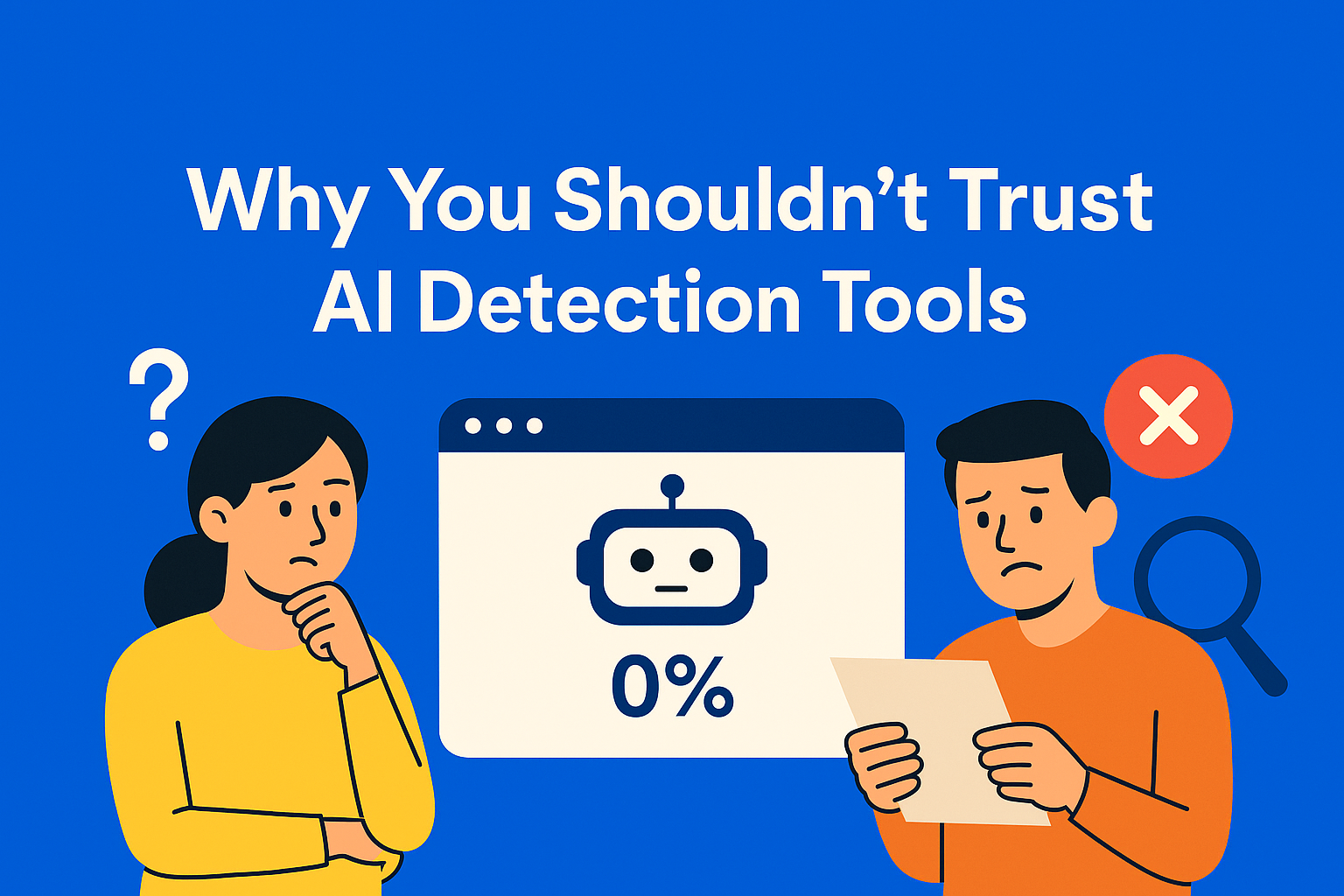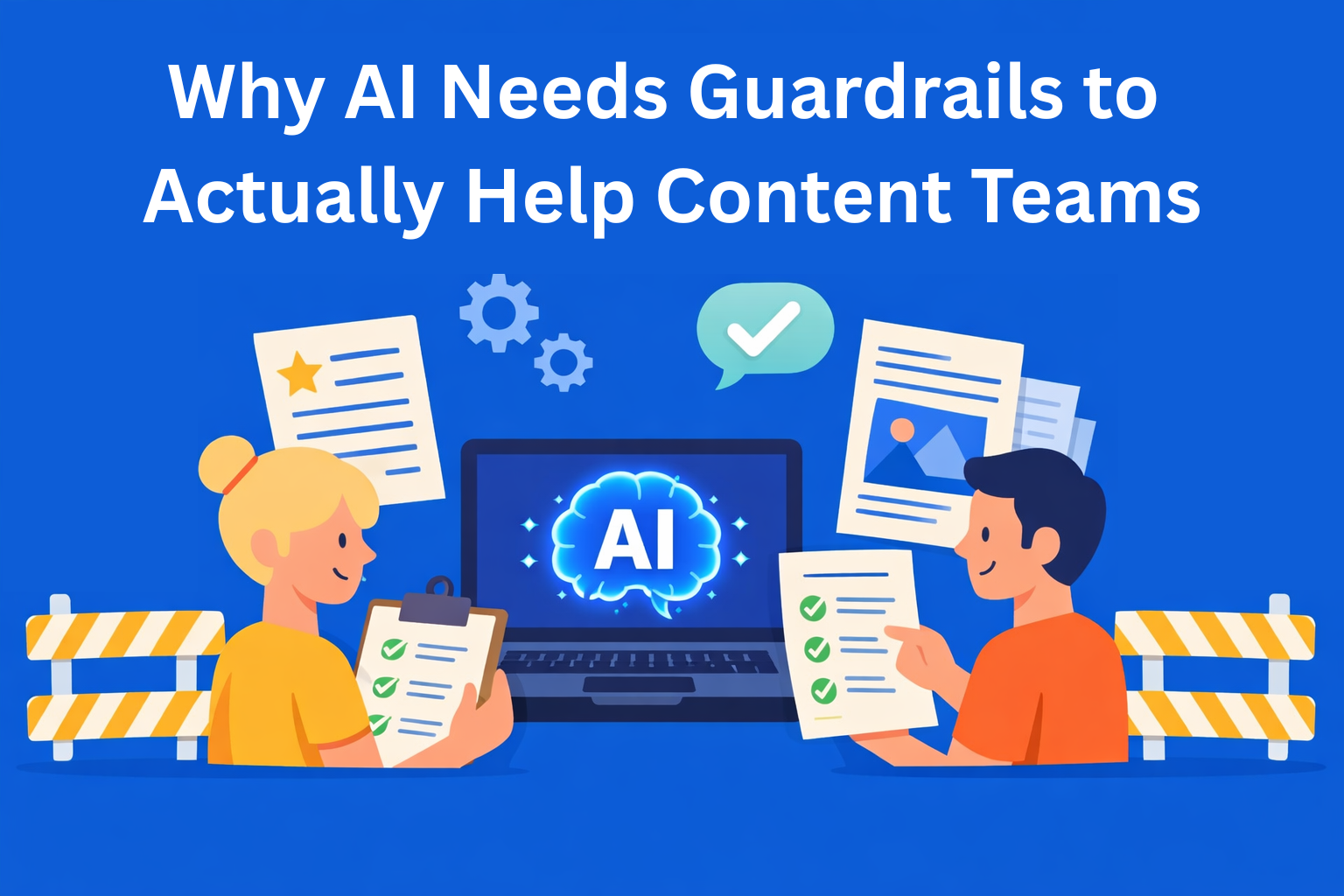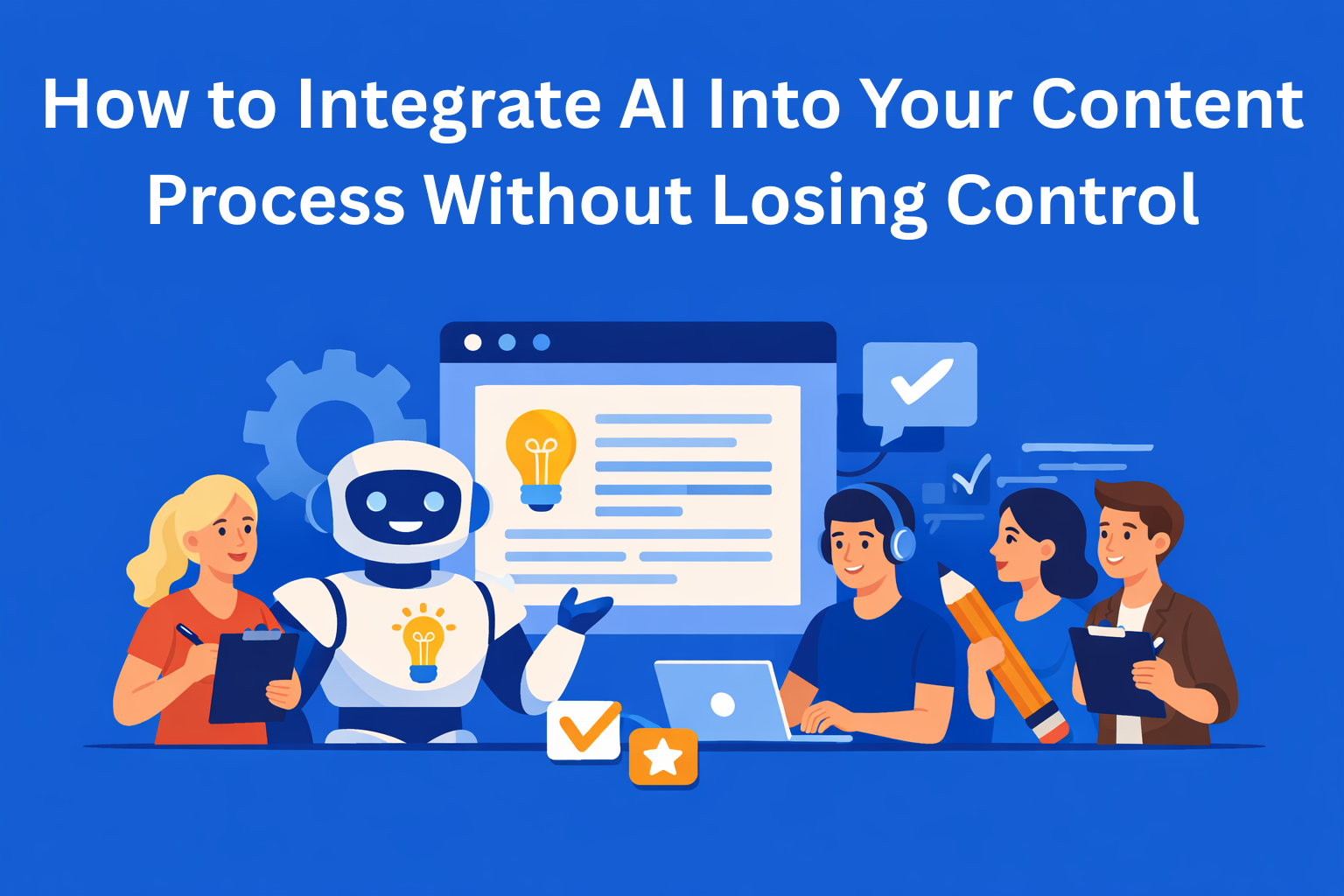Why You Shouldn't Trust AI Detection Tools
AI detection tools promise to identify AI-written content, but they're wildly inconsistent and often wrong. Learn why content teams, SEO leads, and marketing decision-makers shouldn't rely on these tools for critical content strategy decisions.

With the rise of generative AI tools like ChatGPT, it's no surprise that a wave of AI detection tools has emerged - all claiming they can tell whether a piece of content was written by a human or a machine.
Sounds useful, right? In theory - yes. But scratch beneath the surface, and you’ll find that these tools are riddled with inconsistencies, false positives, and major limitations. AI detection tools are simply not as reliable as they claim to be.
In this blog, we'll break down how these tools work, why they're problematic, and what risks they pose to content teams relying on them for decision-making.
Key Takeaways
- AI detection tools are unreliable - they often mislabel both human and AI-generated content.
- False positives can discredit real writers, damage trust, and waste your team’s time and budget.
- False negatives let AI content slip through, especially with light edits or prompt tweaks.
- There’s no standardization across tools - you’ll get different results depending on which one you use.
- Don’t base hiring or publishing decisions on AI detection scores; focus on content quality, tone, and audience value instead.
How Do AI Detection Tools Work?
Most AI detection tools use concepts like perplexity and burstiness to guess whether a text is human or AI-written. In short, they try to measure how predictable the text is. The assumption is that AI-generated text is too structured and "perfect," while human writing is messier, more inconsistent, and more nuanced.
But here’s the issue: humans often write with clarity and structure, especially in digital marketing, where readability is key. On the other hand, AI is improving rapidly in mimicking human tone and variation. The line between the two is increasingly blurred.
Picture this: a content writer creates a blog post using clear, concise language and a clean structure. An AI detector flags it as “highly likely AI-generated.” If you're a VP of Content or Head of SEO and reject the post based on that alone, you've just wasted time, budget, and possibly alienated a talented writer.
False Positives Are a Real Threat
This is serious. A false positive occurs when an AI detector incorrectly flags a human-written piece as AI-generated. And it happens a lot. Students have been wrongly accused of plagiarism, and writers have had their original work discredited.
In various online experiments and public discussions, users have reported that AI detectors labeled sections of the U.S. Declaration of Independence, or excerpts from Shakespeare and Hemingway, as “99% AI.” These aren’t peer-reviewed studies, but they highlight how erratic these tools can be.
In content marketing, this has real consequences. Introducing AI detection as part of your content QA workflow could lead to rejecting genuinely high-quality content. Worse, it may demotivate your writers, who now feel judged by flawed algorithms rather than real editors.
False Negatives Might Be Even Worse
Equally concerning is the other side of the coin: when AI-generated content is marked as “100% human.” This happens more than you might think. With light prompt engineering and a few tweaks, AI-written articles can fly under the radar of most detection tools.
Multiple informal tests have shown that minimal rewrites, like paraphrasing or adding colloquial phrases, are often enough to bypass AI detectors. Meanwhile, completely human-written pieces have been flagged as likely AI-generated.
For content teams, this means AI-written content can easily slip through the cracks with just a bit of polish. If detection tools can't reliably catch sophisticated AI writing, why trust them in the first place?
No Standards, No Transparency
A major issue with AI detection tools is that there’s no standardization. GPTZero, Originality.ai, Turnitin AI, Content at Scale - each one gives you wildly different results for the same text. One might say it’s 100% AI; another says it’s 0%.
That kind of inconsistency creates chaos for content teams. How are you supposed to make informed decisions when there's no objective benchmark? If you're the Head of Content and using these tools to evaluate freelance work, you're one bad guess away from alienating a great contributor.
Most of these tools are also black boxes - they don’t show you exactly how they’re calculating results. They use a mix of statistical models and proprietary heuristics, but users rarely get a meaningful explanation.
Technical and Ethical Pitfalls
Technically, AI detection is always playing catch-up. Detection tools rely on models that measure predictability, but new AI models are trained specifically to avoid those patterns. It’s a race that detectors are constantly losing.
And ethically? Even worse. If you’re basing hiring or publishing decisions on a tool that misfires half the time, you risk damaging reputations and trust.
There have already been real-world cases where students were falsely accused of using AI to cheat.
Now, imagine a freelance writer being wrongly accused by your team. What happens next - legal risk? Reputation damage? Lost trust?
Bottom Line: AI Detection Shouldn't Drive Decisions
For content managers, SEO leads, and marketing VPs, here’s the takeaway: AI detection tools are not reliable. Use them, if at all, as a minor QA layer - but never as the foundation for key decisions.
Instead, focus on:
- Overall content quality
- Brand voice and consistency
- Audience relevance
- Writing style aligned with campaign goals
AI detection may be an interesting toy, but it’s not a meaningful metric. If you’re serious about authentic, high-performing content, you're better off investing in skilled writers and strong editorial processes, not in tools that don’t even understand what they’re measuring.






